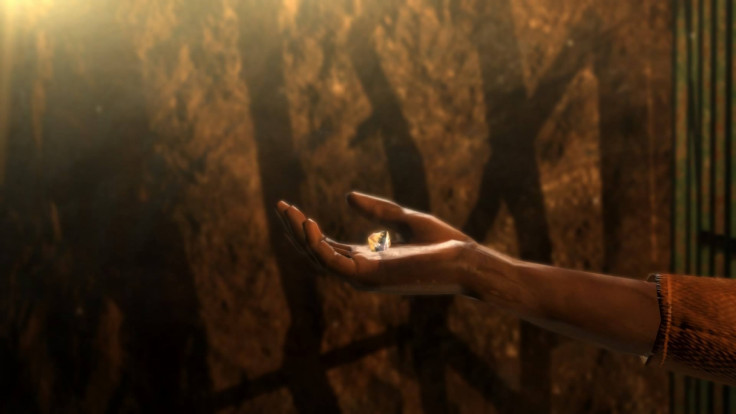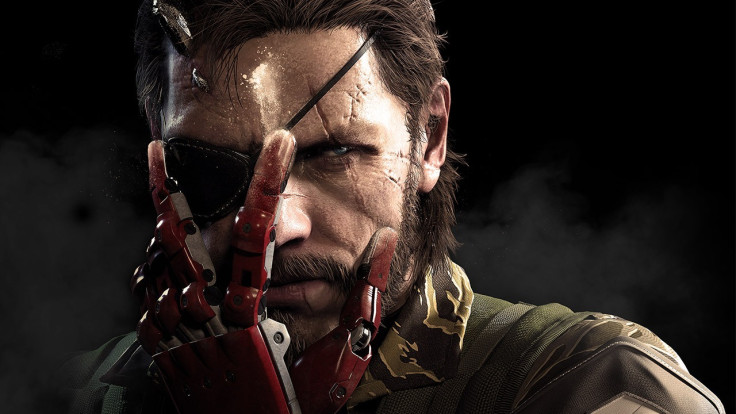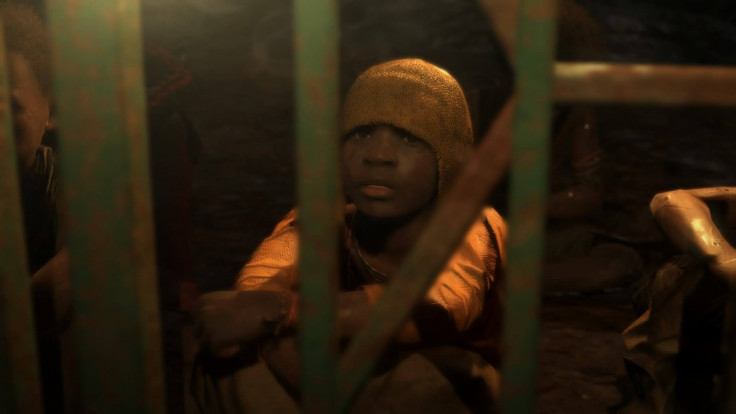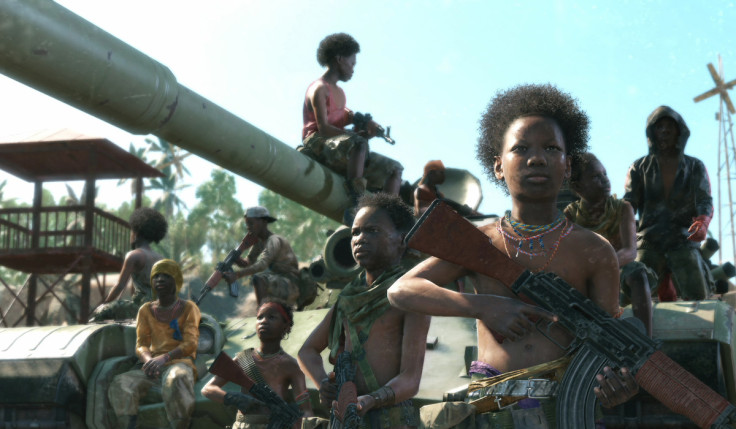Metal Gear Solid 5: The Phantom Pain's Blood Runs Deep mission is one of the MGS series' finest moments

Metal Gear Solid 5: The Phantom Pain is an extraordinary game, it doesn't take long to realise that, but the point at which it truly won me over arrives about 20 hours in during a mission unlike any in the series before it, but which provides one of its greatest moments.
The Phantom Pain's missions, episodes when referring to ones that move the story along, are largely about rescuing prisoners, eliminating targets, finding items or a mixture of those objectives. Blood Runs Deep is episode 18, one of the first set in central Africa, and begins with a simple objective: eliminate six rebel soldiers before they can talk.
Warning: Spoilers for this particular mission follow.
At first the only thing that strikes as odd is the high number of targets. Until this point only one or two people have needed eliminating or rescuing, so six seems like quite a step up. The reward too is much higher than any mission before it, indicating a greater challenge.
Looking at the iDroid's map and setting a landing point for Boss's chopper it is clear what route needs to be taken. The only path to take heads up a valley, through a reasonably-armed encampment and along a road to a large mine.
Approaching that first encampment is no different from any before it in the game - the player able to take on enemies with as much or as little force as they wish. One of the six targets is here and taking him out is easy – silenced bullet to head, done, not a second thought. Five to go.

A winding road and easily-avoided outpost later Boss arrives at the mine, a large area that only really differs from what has come before in term of layout. Moving around the central pit putting guards to sleep whenever they get in the way, eventually I came to a locked gate that had to be my path. This leads to another locked gate, at which point a cut scene takes over – something is up here.
Boss's five targets sit in a muddy cell, cold and scared. They're child soldiers and suddenly the player is unsure what is about to happen. At this point in the sparse story of The Phantom Pain, Boss is still a hero. It's been clear in promo material that the game will chart his descent into villainy, but at this point players have yet to see this reflected.
Slaughtering the children as Big Boss's mission dictates would have been shocking – of course it would – but jarring as well because it would be a U-turn for the character. Despite that, the moment he raises his gun there's a jolt of uncertainty, released when it's revealed he's faked the audio of their deaths to satisfy those who tasked Diamond Dogs with the mission.
The objective is now to protect the children and get them to a rescue chopper awaiting Boss at the end of a valley behind the mine. This is when the mission becomes the game's first truly standout moment. To this point stealth has always been an option, the path most travelled because it's what the series has always been about, not because the player necessarily has to.
Put the lives of six children in the player's hand – one literally, who must be carried due to injury – gives the player people to protect whose well-being seems in the heat of that moment to mean more than simply completing an objective. It turns the game on its head, and also changed my method of approach. Up until this point I had been knocking guards out with tranquilliser darts and well-administered rear-naked choke holds, but with children to save I quickly switched tack.

The five children scurrying around desperately will stay still on command, but won't necessarily stay there – lending the situation a realistic note of unpredictability. The child you're carrying also needs to be set down to best allow Boss to dispatch of foes in his path. There's an urgency too born initially out of nothing more than a desire to herd these poor kids to safety, so I switched without hesitation from tranquilliser pistol to silenced assault rifle. Who cares about a No Kill bonus? I'm getting these children out of here.
Moving quickly I took out five guards at the first outpost with six shots – headshot, headshot, headshot, helmet goes flying, headshot, headshot – before moving on. Leading the children past a smouldering pile of bodies nearby heaps horror upon the horror, but there's no time to pause. The next stage of the path is a ravine posing a greater threat with less room to manoeuvre. Leaving the children near the start I move quickly forward – administering more headshots as each soldier sees me and the slow motion seconds before an alarm bell is rung kicks in.
When my suppressor kicks the bucket any subtlety goes out the window. Wiping the rest out I turn to find I've moved too far ahead of the youngsters. They grow restless and follow, running between their fallen captors. I rush back to pick up the injured child and sprint to the final area where rescue will arrive.
Before it does, a final warning rings in Boss's ear: the enemy is coming for the children and theey're on my tail. Keeping the children out of sight I turn back to face an oncoming force. The amount of time between this final onslaught and the chopper landing is perfectly balanced; Boss only needing to hold them off for so long. After dispatching a few and winning a brief respite I switch to my iDroid and call in an air strike to give me the extra minute I need.

Rescue arrives, the chopper hovering above the children, who I have to get aboard one by one before hoisting myself in and setting off for the haven of Mother Base. Mission accomplished.
The twist isn't exactly genius and endangering children to heighten tension and urgency is a little trite, but nobody can argue with the results. MGS5 often forgives mistakes, offering players a range of means to approach missions and get out of tight spots, but the final run of Blood Runs Deep makes skillful, fast play a necessity. I rode my luck at points, but every downed soldier and dodged alarm felt like relief.
Trailers for The Phantom Pain depicted child soldiers, raising concerns over how well Hideo Kojima would tackle such a thorny subject. While this mission is just the start of the children's involvement in the plot (I haven't completed the game so can't speak for what happens later on) it does show remarkable restraint on the part of a developer not exactly known of subtlety.
Kojima's Metal Gear series is full of great moments often involving super-sized mechs, bare-chested fist-fights and supernatural shenanigans, so a mission such as this struck for its gameplay-led approach to simple story-telling. Less is more, and few moments in the MGS saga exemplify that better.
For all the latest video game news, follow us on Twitter @IBTGamesUK.
© Copyright IBTimes 2025. All rights reserved.






















